Description
Opticrom Allergy 2% w/v Eye Drops (called Opticrom Allergy in this leaflet) contain a medicine called sodium cromoglicate. This belongs to a group of medicines called anti-allergics. It works by stopping the release of the natural substances in your eyes that can lead to an allergic reaction. Signs of an allergic reaction include itchy, watery, red or inflamed eyes and puffy eyelids.
Opticrom Allergy is used for the prevention and treatment of eye allergies. These allergies can happen:
• At any time of the year and is called ‘perennial allergic conjunctivitis’
• In different seasons of the year caused by different pollens. This is called ‘seasonal allergic conjunctivitis’ or hay fever
Uses / Instructions
How to use Opticrom Allergy
Always use Opticrom Allergy exactly as your doctor or pharmacist has told you. You should check with your doctor or pharmacist if you are not sure
How to use this medicine
• Wash your hands
• Remove the cap from the bottle
• Tilt your head back
• Squeeze one or two drops inside the lower lid without touching your eye
• Close your eye
• Wipe away any excess liquid from the eyes with a clean tissue
• Always put the cap back on the bottle as soon as you have used it
• Repeat in the other eye if needed
How much to use
• One or two drops in each eye four times a day, or as directed by your doctor
• If your symptoms worsen or do not improve, talk to your doctor or pharmacist
For a more detailed list see the patient information leaflet.
Warnings
Do not use this medicine:
- If you or your child are allergic (hypersensitive) to sodium cromoglicate, or any of the other ingredients of Opticrom Hayfever (listed in Section 6:Further information) Signs of an allergic reaction include: a rash, swallowing or breathing problems, swelling of your lips, face, throat, tongue and worsening of redness, itching or swelling of the eye or eyelid
- If your child is under 6 years of age
- For other allergic eye symptoms (not caused by hayfever). Other things in everyday life can start allergies causing eye symptoms in certain people. For example contact with animals including pets, house dust mites, other particles and chemicals. Talk to your pharmacist or doctor. Do not use this medicine if the above applies to you. If you are not sure, talk to your doctor or pharmacist before using Opticrom Hayfever.
Side Effects
Like all medicines, Opticrom Hayfever can cause side effects, although not everybody gets them.
Stop using Opticrom Hayfever and see a doctor as soon as possible if:
• The itching, redness or swelling gets worse. You may be allergic to these drops.
Talk to your doctor or pharmacist if any of the side effects gets serious or lasts longer than a few days, or if you notice any side effects not listed in this leaflet:
• Stinging or burning in your eyes or blurring of eyesight. This should only last for a short time and occurs immediately after using the eye drops
• Mild eye irritation
For a full list see the patient information leaflet
Ingredients
What Opticrom Hayfever contains
• The solution contains 2.0% w/v of the active substance, sodium cromoglicate
• The other ingredients are disodium edetate, benzalkonium chloride and purified water



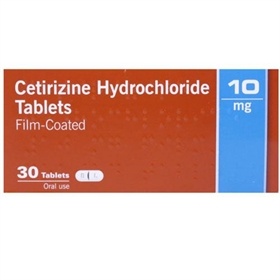


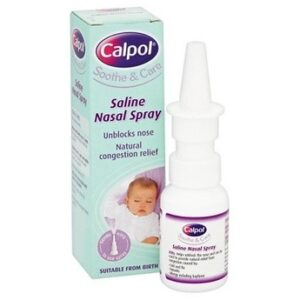

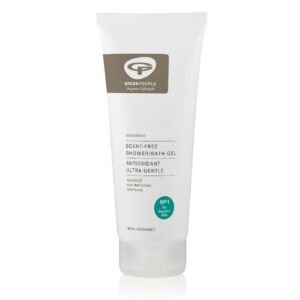
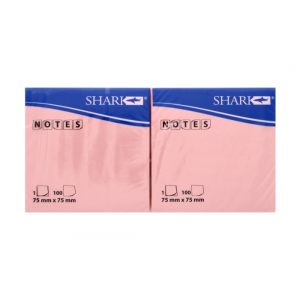
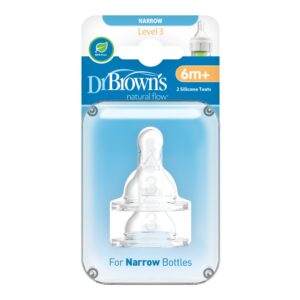


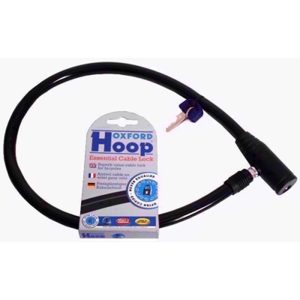
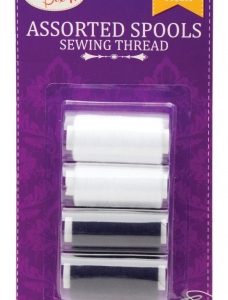









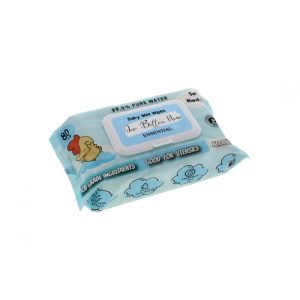





Reviews
There are no reviews yet.